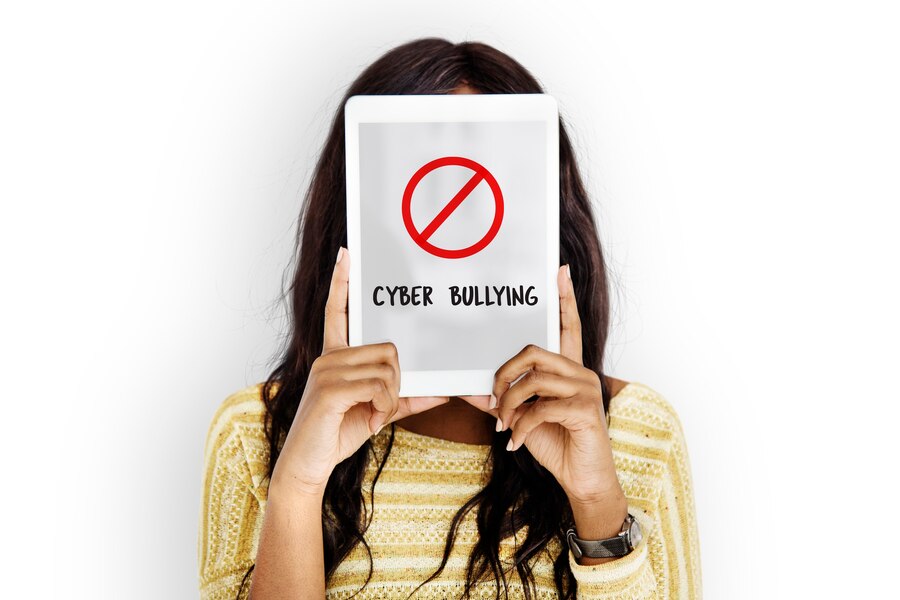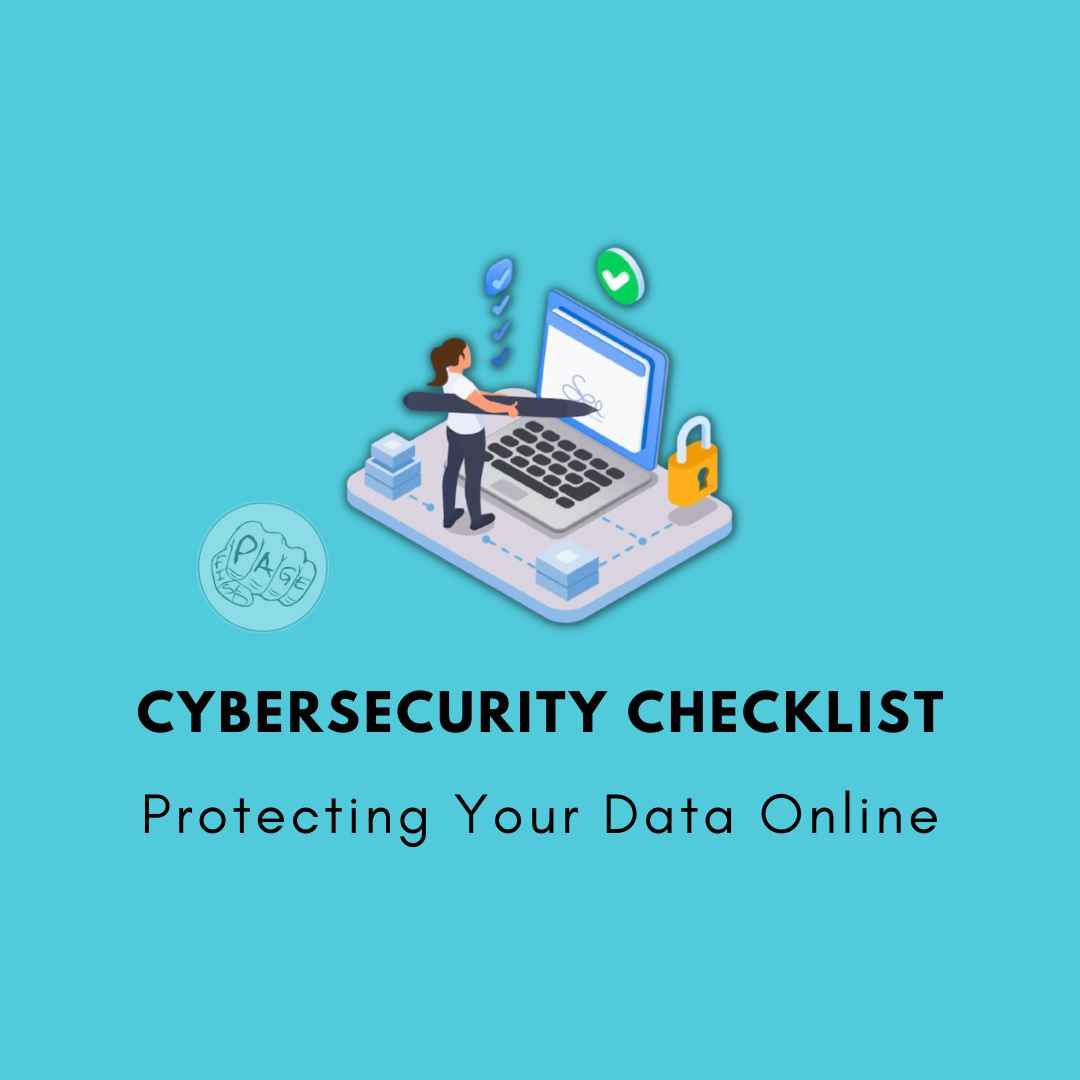Guide to Deal With Fake Social Media Profiles
Elevate your online safety with our comprehensive guide on dealing with fake social media profiles. Learn expert strategies to recognize and report deceptive accounts, ensuring a secure digital presence. Stay ahead in the digital realm with our essential insights.
Fake social media accounts are frequently created with harmful intentions towards individuals. These accounts are utilized to
- conceal the identity of the perpetrator while sending bullying or threatening messages;
- impersonate the victim to tarnish their reputation or induce distress, and
- deceive friends and family into connecting with a profile posing as the victim, tricking them into engaging with malicious content.
This prevalent form of cyberbullying can inflict significant distress on the victim, adversely affecting their online reputation. Taking prompt and appropriate action is crucial.
Approaches for Addressing Fake Profiles:
-
Report the Account: Most social media platforms offer a designated process for handling fake profiles and impersonation cases. Follow the platform-specific procedure, and the provider will initiate an investigation. If proven to be fake, the profile and its content will be removed. Utilize the provided links to report fake profiles on Facebook, Twitter, LinkedIn, Snapchat, Pinterest, and Instagram. For additional assistance in urging platforms to take action, consider reporting via Report Harmful Content.
-
Document the Evidence: Preserve evidence of the fake profile by capturing screenshots or printing profile pages. Maintaining this information is crucial if the issue persists, requiring collaboration with the platform or law enforcement to address the problem.
-
Avoid Monitoring Online Content and Comments: Refrain from monitoring online content and related comments while the information is still accessible. Constant vigilance may heighten distress. Focus on proactive steps rather than dwelling on the circulating content.
-
Acknowledge the Public Nature of Information: Recognize that the information shared in the fake profile is now public. Seek the necessary help and support to cope with the fact that this information is in the public domain. Emphasize self-care and emotional well-being during this challenging time.
If You're Facing Bullying:
-
Know It's Not Your Fault: Understand that nobody deserves to be bullied. The repeated cruelty directed at you stems from the bully's issues. It's important to recognize that the blame lies with them, not you.
-
Seek Support: Don't face it alone, especially if the behavior is taking a toll on you. You deserve support. Reach out to someone who can listen, help you process the situation, and work through it—whether it's a friend, family member, or a trusted adult.
-
Avoid Responding or Retaliating: Resist the urge to react, as this is often what bullies seek. Responding can give them a sense of power. Instead, consider removing yourself from the situation if possible. If humor can disarm or distract the bully, use it. Retaliating may perpetuate a negative cycle.
-
Communicate Clearly: If you feel comfortable, tell the person to stop. Making your position clear is crucial. Practice beforehand with a trusted person if needed, like a parent or friend.
-
Utilize Available Tools: Take advantage of features on social media platforms to block the person. Whether it's in an app, text messages, comments, or tagged photos, blocking can help distance yourself from harassment. Report the issue to the service, even though it may not immediately stop it. Minimizing direct exposure reduces the temptation to respond.
Guidance for Parents and Caregivers:
Cyberbullying cases vary, and it's crucial to take each one seriously. Consider the following advice:
-
Encourage Open Communication: Allow your child the space to express themselves in their way. Listen actively without interrupting, avoiding any actions that might make them feel embarrassed or ashamed about seeking help. While societal norms may change, the underlying behaviors remain consistent across generations.
-
Maintain Technology Access: Address concerns your child may have about losing access to their devices if they report cyberbullying. Reassure them that speaking up won't result in such consequences, fostering an environment where they feel comfortable seeking assistance for online worries.
-
Engage with the School: Schools play a crucial role in addressing online abuse. Familiarize yourself with the school's anti-bullying toolkit and policies. Share evidence of bullying incidents, along with contextual details and the duration of the problem. Collaborate with your child, and consider involving the school in discussions to find effective solutions.
-
Prioritize Safety with Law Enforcement: If you have immediate concerns for your child's safety, don't hesitate to contact the police. In cases involving direct threats or violence, seeking support from local law enforcement may be necessary. Prioritize your child's safety and take swift action when needed.
Conclusion
In conclusion, navigating the complexities of cyberbullying requires a proactive and empathetic approach from parents and caregivers. By fostering open communication, maintaining access to technology, engaging with schools, and prioritizing safety through collaboration with law enforcement when necessary, we can create a safer digital environment for our children. Remember, each case is unique, and taking them seriously is the first step toward building a resilient and empowered generation capable of handling the challenges of the online world. Stay informed, stay engaged, and together, let's ensure the well-being of our digital natives.
Share This Post
Related Articles
Cybersecurity Checklist: Protecting Your Data Online
Discover the ultimate Cybersecurity Checklist for safeguarding your valuable data online! Learn expert tips, tricks, and strategies to keep your information secure in the digital age.
Unlocking the Potential of IoT: A Comprehensive Exploration
Dive into the world of IoT as we unravel its intricacies, significance, benefits, standards, security concerns, and evolution. Discover how IoT is reshaping our lives and businesses!
What is Cyber Security?
Cyber security is the practice of protecting information systems and networks from cyber threats such as hackers, malware, ransomware, phishing, and data breaches. Cyber security involves implementing technical, organizational, and human measures to prevent, detect, and respond to cyber-attacks. Cyber security is essential for ensuring the confidentiality, integrity, and availability of data and services in the digital world.
10 Proven Cybersecurity Training Tips to Prevent Phishing and Recognize Suspicious Activities
Learn why regular security training is crucial for employees, covering best practices, phishing prevention, and recognizing and reporting suspicious activities to enhance cybersecurity.
Cybersecurity Threats in a Digital World: What You Need to Know
Discover the top cybersecurity threats in today's digital landscape and learn how to protect yourself and your data. Stay one step ahead of cybercriminals!
Related FAQ
No related FAQ.
Say Hello
To Your Dream





